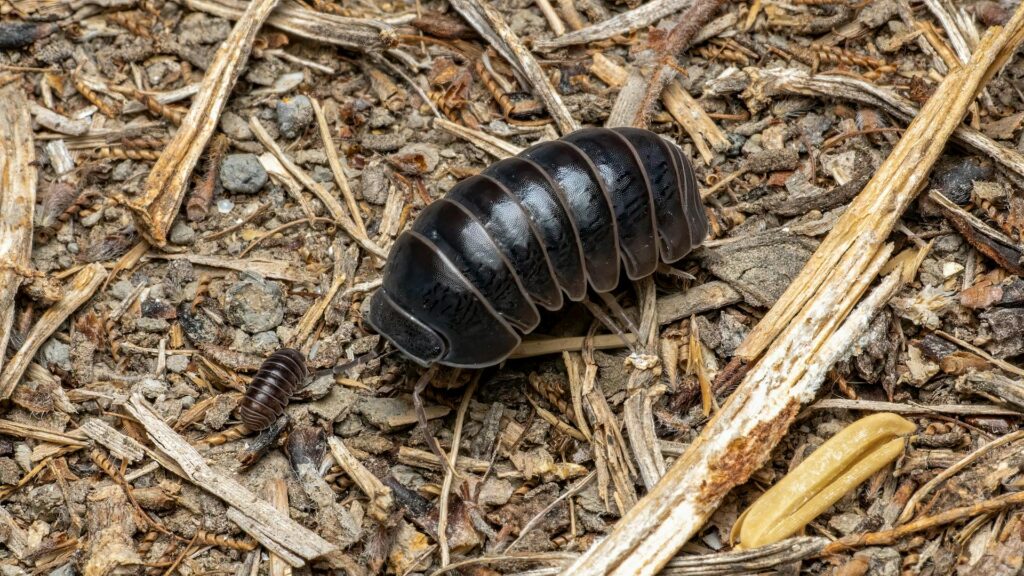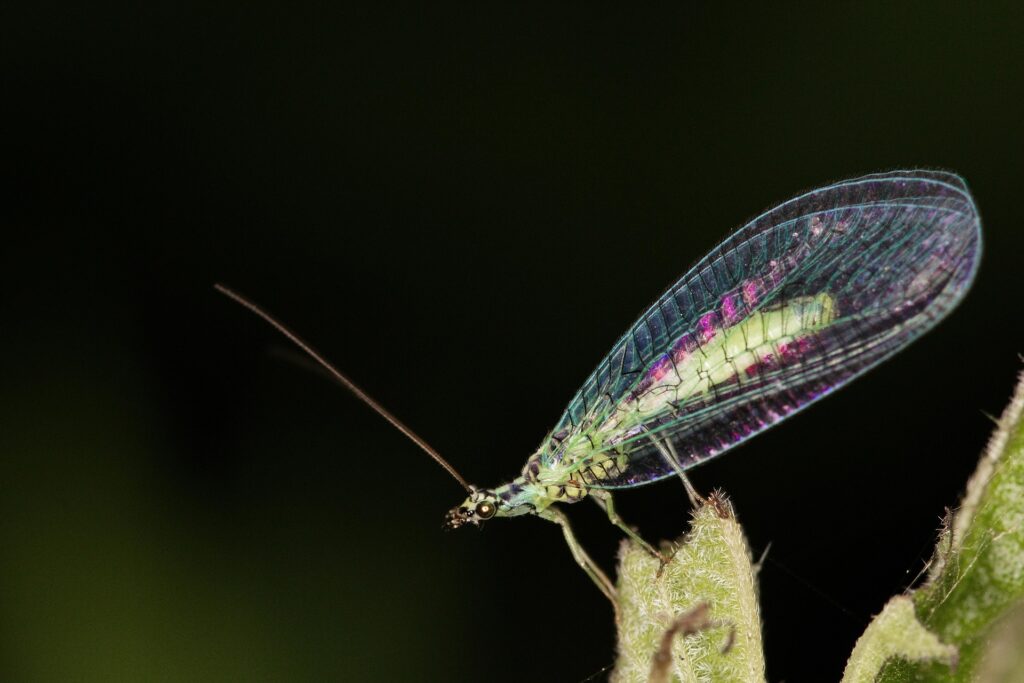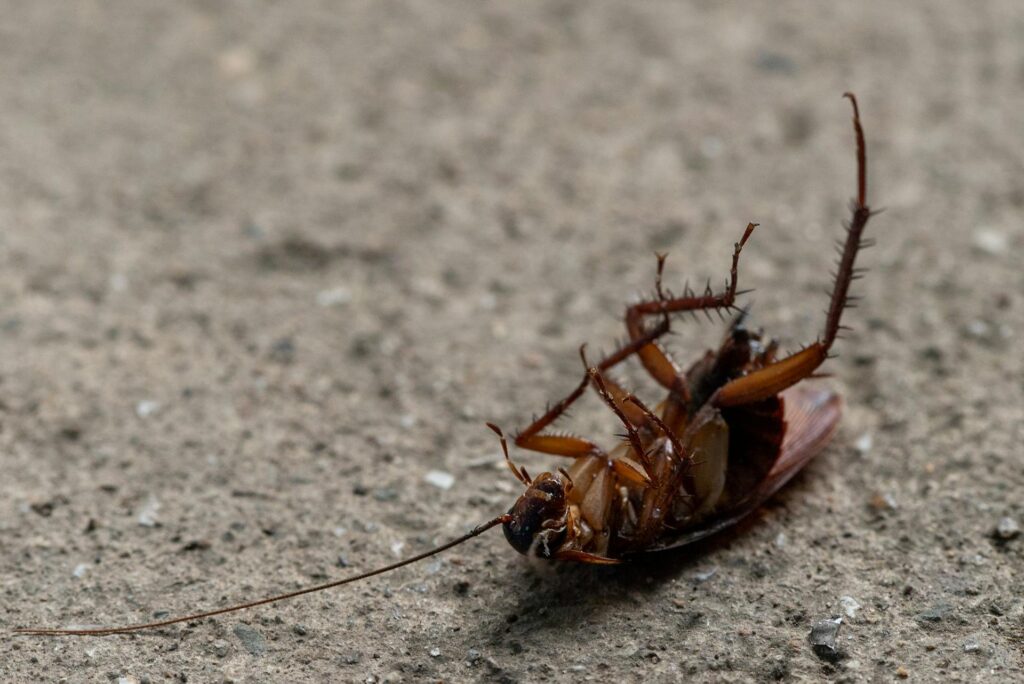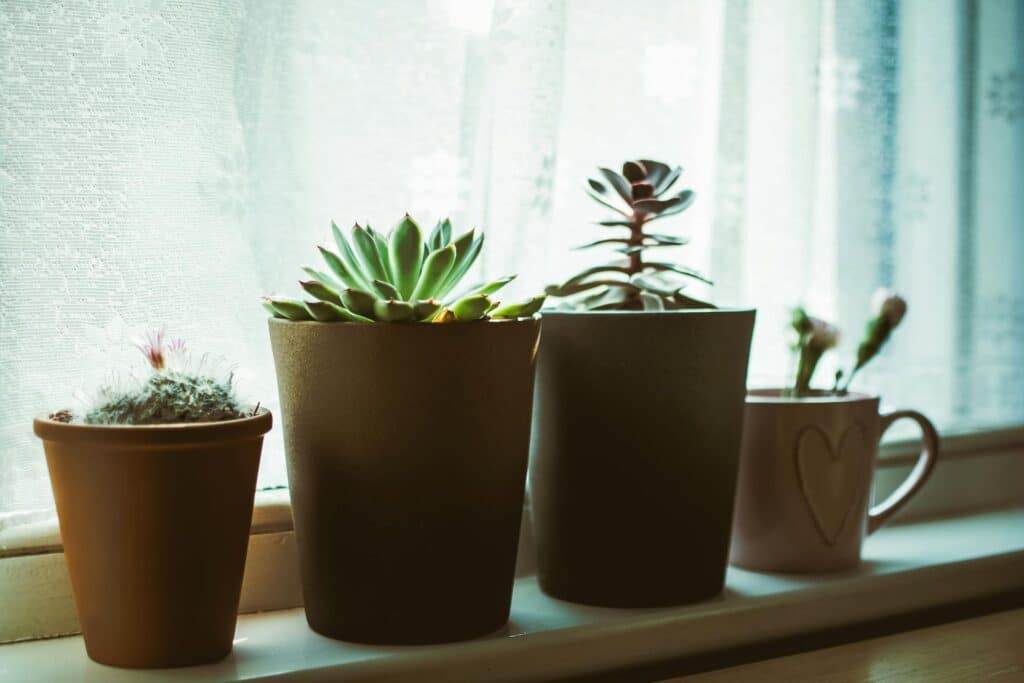You’ve thoroughly cleaned your kitchen, taken out every bag of trash, and scrubbed floors until they shine. Despite these efforts, that persistent musty odor continues lingering throughout your home, seeming to mock your cleaning attempts. Before dismissing this smell as a minor inconvenience, consider that it might represent one of the earliest and most reliable indicators of a developing cockroach infestation.
This isn’t simply about unpleasant air quality – it’s about recognizing what your home is trying to communicate about hidden pest problems. Understanding the connection between distinctive odors and cockroach presence can help you identify infestations before they reach advanced stages where visible insects become obvious. Learning to interpret these olfactory warning signs represents a crucial skill for effective cockroach control and early intervention.
Understanding that Distinctive Cockroach Smell
Cockroaches produce a characteristic smell through multiple biological processes that create unmistakable olfactory signatures when populations reach sufficient density. These insects release specialized chemicals called pheromones for colony communication, and when numerous cockroaches congregate in confined spaces, these chemical compounds accumulate to create persistent, easily detectable odors.
The distinctive cockroach odor typically presents as a combination of musty, oily, and damp scents with an underlying sweetness that feels distinctly unpleasant rather than appetizing. This complex aroma often begins concentrated in specific areas before gradually spreading throughout connected spaces as populations grow and expand their territory.
Cockroach pheromones contain fatty acids and protein compounds that create the oily component of their signature smell. These chemicals serve essential functions in cockroach society, helping individuals locate food sources, identify safe harborage areas, and coordinate reproductive activities.
The smell often first becomes noticeable in rooms where cockroaches establish their primary activity zones—typically kitchens, bathrooms, and laundry areas where moisture and food sources remain consistently available. As populations grow, the odor intensity increases correspondingly, making detection easier but indicating more severe infestation problems.
Early detection through smell recognition enables intervention before cockroach populations reach levels where visual confirmation becomes routine, potentially saving homeowners from extensive elimination challenges and property damage.
Why Does the Smell Get Worse Over Time?
The progression from barely detectable smell to overwhelming odor correlates directly with cockroach population density and the accumulation of organic materials these insects leave behind. Understanding this progression helps homeowners assess infestation severity and urgency.
Primary odor sources include:
- Cockroach fecal matter and shed skin that decompose and release bacteria
- Dead cockroaches undergoing decomposition, releasing fatty acids and proteins
- Pheromone accumulation from increased population density in harborage areas
- Organic compounds that penetrate and absorb into porous materials like drywall and fabric
Cockroach odors attract additional cockroaches to established areas, creating stronger smells that indicate growing infestations requiring immediate professional intervention.
Where to Check if You Smell Roaches
When cockroach odors persist despite cleaning efforts, systematic inspection of high-probability locations often reveals evidence of hidden infestations. Cockroaches prefer specific environmental conditions that make certain areas particularly attractive for colony establishment.
Primary inspection zones:
- Behind refrigerators where motor heat and food debris create ideal conditions.
- Beneath sink cabinets where plumbing provides moisture and concealment.
- Inside pantry storage areas with food access and protection.
- Around water heaters and bathroom fixtures with consistent moisture.
- Behind washing machines and dryers in laundry areas.
- Inside utility cabinets and around floor-level plumbing connections.
Look for black specks (droppings), brown oval egg cases, grease marks along pathways, and concentrated odor intensity indicating nearby harborage locations.
What Else Could That Smell Be?
Accurately identifying cockroach odors requires understanding how they differ from other common household smells that might initially seem similar. This distinction proves crucial for implementing appropriate response measures rather than addressing unrelated issues.
Mouse and rat urine produces sharp, ammonia-like scents that differ significantly from the oily, musty characteristics of cockroach odors. Rodent smells typically concentrate around nesting areas and travel routes, while cockroach odors emanate from harborage areas and food sources.
While mold and mildew create musty odors, they lack the oily, chemical characteristics distinctive to cockroach infestations. Mold smells typically correlate with visible moisture problems and present as earthy or damp rather than the complex chemical signature cockroaches produce.
Drain flies and organic buildup in plumbing systems create odors from decaying organic material that concentrate around specific fixtures. These smells typically worsen when water flows through affected drains, unlike cockroach odors that remain consistent regardless of water usage patterns.
When unusual odors resist standard cleaning efforts and seem to return repeatedly despite thorough sanitation, cockroach infestation represents a likely explanation that warrants professional investigation and targeted intervention.
How to Prevent an Infestation
When persistent musty odors suggest possible cockroach activity, implementing immediate assessment and intervention measures can prevent minor problems from developing into major infestations. Quick action often proves far more effective than delayed response after visual confirmation occurs.
Immediate steps to take:
- Remove all potential food sources including trash, especially organic waste.
- Clean all surfaces with disinfectant, focusing on areas where odors concentrate.
- Deep clean behind and beneath appliances where activity commonly occurs.
- Empty lower cabinets and storage areas for thorough inspection.
- Use flashlights to examine dark corners and areas around plumbing fixtures.
- Seal gaps around pipes, baseboards, and utility penetrations with caulking.
- Reduce moisture through improved ventilation or dehumidifier operation.
Monitor whether cleaning provides relief or if odors return, indicating ongoing hidden activity.
When Should You Call a Professional?
When dealing with persistent musty odors that could indicate cockroach problems in your home, Aptive’s pest control experts can help. Our technicians will perform a detailed inspection to assess the situation and develop a customized treatment plan based theif findings and infestation severity. We’ll identify whether you’re dealing with established harborage areas in kitchens and bathrooms, or widespread penetration of building materials and multiple room areas.
If you’re experiencing mysterious musty odors along with cockroach sightings that won’t go away despite thorough cleaning, contact Aptive today for a free quote. Our pest control service will investigate your concerns and recommend the most effective solutions to eliminate the cockroaches and the persistent smells they create in your home.
Common Questions About Cockroach Odor
Here are some frequently-asked questions about cockroaches and the smell they leave behind.
Q: How do I know the smell is from cockroaches?
Cockroach odors are distinctly musty, oily, and slightly sweet with a chemical quality that persists despite cleaning. Unlike mold (earthy), rodent urine (sharp ammonia), or drain issues (sewage-like), cockroach smells have a unique greasy, pheromone-based scent that penetrates fabrics and building materials. The odor typically concentrates near harborage areas and worsens over time. If cleaning doesn’t eliminate the smell, and it returns quickly, cockroaches are likely the source.
Q: What type of cockroach smells the most?
German cockroaches typically produce the strongest, most noticeable odors due to their tendency to form large, dense populations in confined indoor spaces. Their rapid reproduction and preference for kitchen and bathroom areas create concentrated pheromone buildup. Oriental cockroaches also produce significant odors, earning them the nickname “water bugs” partly due to their musty smell. American cockroaches create less concentrated odors since they maintain more dispersed populations and larger territories.
Q: What type of cockroach is the most dangerous?
All cockroach species pose health risks, but German cockroaches are considered most dangerous due to their close association with human living spaces and rapid reproduction rates. They’re more likely to contaminate food preparation areas and spread disease-causing bacteria. However, any cockroach species can trigger asthma attacks and cause allergies, spread pathogens, and contaminate surfaces. Oriental and American cockroaches also carry significant health risks through their connection to sewer systems and waste areas.









